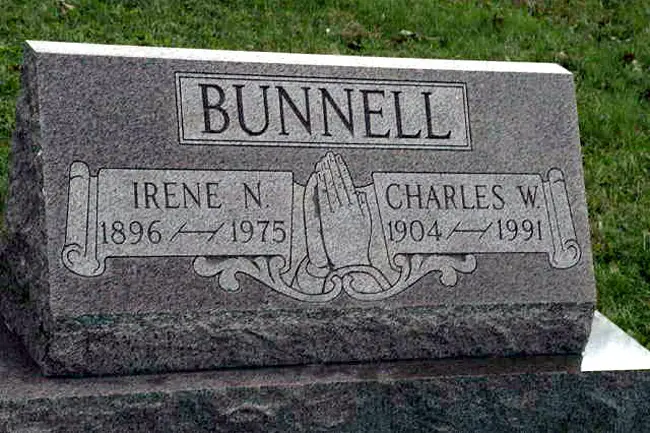
Would a bypass around Bunnell hurt the city? Would it make a difference, if Palm Coast intends to continue sprawling west and add thousands of homes that, by-pass or no by-pass, will send traffic through Bunnell anyway?
Speculation and emotion, and a sizable dose of subjective numbers, converged Thursday evening on the meeting room at the government complex in Bunnell, off of State Road 100. Bunnell residents and business owners spoke in overwhelming opposition to a proposed highway bypassing the city—or a study about the feasibility of the highway. Residents were also skeptical about the fallout from a planned megadevelopment just north of the city and west of U.S. Route 1, on land annexed by Palm Coast. The development, a 7,000-home project called Neoga Lakes, is the reason the transportation department is looking into alternatives to traffic from the development clogging U.S. 1 and State Road 100.
Mick Cuthbertson, Bunnell’s community development director, said he’d received some 150 written petitions against the bypass study. Reflecting the will of the evening’s crowd, he said that if any sort of study might be favored in the future, it would be one encompassing a “much larger scope” than the one the Florida Department of Transportation is proposing.
Cuthbertson was directing his sum-up at the Bunnell Planning and Zoning Board, which was to forward a recommendation to the Bunnell City Commission on the bypass proposal, which takes up the issue Monday evening. The planning board voted to recommend just that: Don;t kill the study; just broaden it.
The proposed highway by-pass, if built, would run from County Road 13, on U.S. Route 1 just north of the city, to State Road 100, opposite the government complex. The public meeting Thursday evening, ahead of the planning and zoning board meeting, was not about whether the highway should be built. It was designed to inform the public about the project and what triggered discussion about it. Besides Cuthbertson, Neoga Lakes developer Dan Camp and his traffic consultant addressed the meeting, as did the Florida Department of Transportation’s Lance Decure. (You can read background on the proposal here).
The Florida Department of Transportation is pushing the bypass idea because its traffic studies show that there’ll be a surge of vehicles dumping on U.S. Route 1 should Palm Coast approve Neoga Lakes (as it aims to). That development would add 7,000 homes, 2 million square feet of commercial development and some 17,000 people and their vehicles in the area.
State transportation study shows that Bunnell will experience a surge in traffic regardless: the bypass would alleviate it some, but it would not divert traffic to the point of hurting the city center, its businesses or the city’s viability. (Read more about those studies here.) There are politics involved, too. If the bypass is built, the Neoga Lakes developer would have to pay for it. Palm Coast is opposed to the bypass not because it wants to protect Bunnell, but because the city wants the Neoga Lakes developer to spend money improving streets in Palm Coast, not around Bunnell. Camp said the development has about $61 million planned for road developments. Palm Coast wants most or all of that money spent in its boundaries. Bunnell wants its share.
When the Bunnell City Commission meets on Monday evening, the city administration will recommend in favor of approving the bypass study, Cuthbertson said late Thursday evening, as long as the study “takes in the big picture.”
The meeting Thursday evening was designed to give local residents and businesses a chance to have a say, vent, and perhaps affect the planning board’s vote and that of the commission. A mere study would have some benefits: the city could learn a lot about future development impacts, about environmental issues surrounding the city, and about transportation needs that it would have to learn about regardless.
The difference is that the study for a by-pass, should Bunnell approve it, would be paid for by the Neoga Lakes developer. If Bunnell forgoes the study, and the bypass, but decides to build a bypass of its own in the future (as it intends to, around the southern portion of the city), Bunnell would have to pay for that out of its own rather small pocket. So the matter is may not be as simple as saying: Don’t study it.






























Leave a Reply